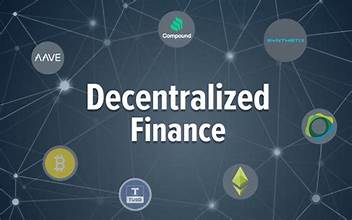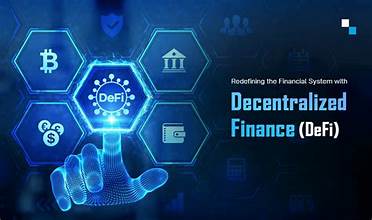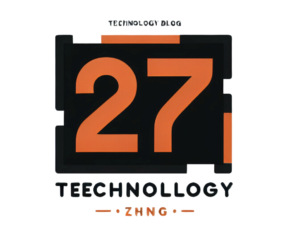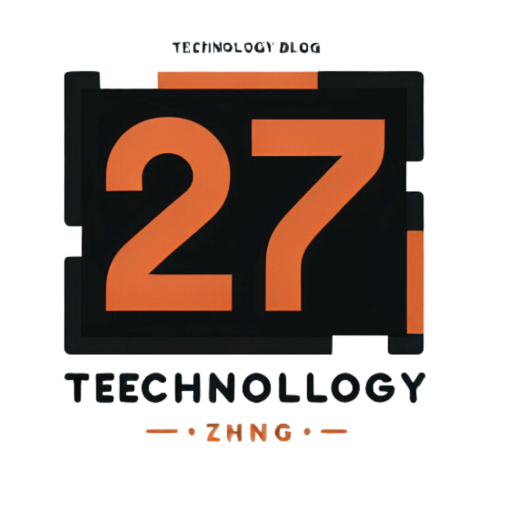In the r apidly evolving world of finance, Decentralized Finance (DeFi) has emerged as a groundbreaking trend. As we navigate through 2024, it’s crucial to understand the current state of DeFi, key trends, and future predictions. This article delves into the latest developments in DeFi, offering insights into its trajectory and potential impact on the financial landscape.
apidly evolving world of finance, Decentralized Finance (DeFi) has emerged as a groundbreaking trend. As we navigate through 2024, it’s crucial to understand the current state of DeFi, key trends, and future predictions. This article delves into the latest developments in DeFi, offering insights into its trajectory and potential impact on the financial landscape.
What is Decentralized Finance (DeFi)?
Decentralized Finance (DeFi) refers to a collection of financial applications built on blockchain technology, designed to offer traditional financial services in a decentralized manner. Unlike conventional financial systems, which rely on intermediaries like banks and brokers, DeFi platforms use smart contracts on blockchain networks to facilitate transactions and services. This eliminates the need for middlemen and offers greater transparency, security, and accessibility.
Key Trends in DeFi for 2024
1. Increased Institutional Adoption
In 2024, institutional adoption of DeFi is expected to increase significantly. Traditional financial institutions, including banks and investment firms, are exploring ways to integrate DeFi into their operations. This shift is driven by the desire to leverage DeFi’s benefits, such as lower transaction costs, enhanced transparency, and improved efficiency. Institutions are likely to invest in DeFi projects, participate in decentralized exchanges (DEXs), and develop their own DeFi solutions.
2. Expansion of DeFi Ecosystems
The DeFi ecosystem is expanding beyond its initial focus on lending, borrowing, and trading. New DeFi applications are emerging in areas such as insurance, real estate, and identity verification. These innovations are expected to enhance the versatility of DeFi and attract a broader range of users. For instance, DeFi insurance platforms are offering coverage for smart contract failures and hacking incidents, while DeFi-based real estate platforms are enabling fractional ownership and decentralized property transactions.
3. Integration with Central Bank Digital Currencies (CBDCs)
The integration of DeFi with Central Bank Digital Currencies (CBDCs) is anticipated to be a major trend in 2024. CBDCs are digital currencies issued by central banks, and their introduction could revolutionize the financial system. DeFi platforms are exploring ways to incorporate CBDCs, providing users with seamless access to both traditional and decentralized financial services. This integration could lead to greater liquidity, improved transaction efficiency, and a more interconnected financial ecosystem.
4. Enhanced Security Measures
As DeFi continues to grow, security remains a top concern. In 2024, there will be a stronger emphasis on enhancing security measures within DeFi platforms. This includes advancements in smart contract auditing, vulnerability assessment, and insurance coverage against cyber threats. The goal is to mitigate risks associated with smart contract bugs, hacks, and other security vulnerabilities, ensuring a safer and more reliable DeFi environment for users.
5. Regulatory Developments
Regulatory scrutiny of DeFi is intensifying as governments and financial regulators seek to address the challenges and risks associated with decentralized finance. In 2024, we can expect clearer regulatory frameworks and guidelines for DeFi platforms. While regulatory developments may introduce compliance requirements, they also aim to protect users and ensure the integrity of the financial system. DeFi projects will need to navigate these regulations while continuing to innovate and provide value to their users.
Future Predictions for DeFi
1. Mainstream Adoption
The future of DeFi is poised for mainstream adoption. As the technology matures and user experiences improve, DeFi is likely to become a standard component of the financial landscape. Individuals and businesses will increasingly use DeFi platforms for a wide range of financial activities, from daily transactions to complex financial management. This mainstream adoption will drive further innovation and integration with traditional financial systems.
2. Interoperability and Cross-Chain Solutions
Interoperability between different blockchain networks will become a key focus in the DeFi space. Cross-chain solutions are expected to facilitate seamless interactions between various DeFi platforms and blockchain networks. This will enable users to move assets and data across different chains, enhancing liquidity and expanding the possibilities for decentralized financial services.
3. AI and Automation in DeFi
Artificial Intelligence (AI) and automation will play a significant role in the future of DeFi. AI-driven algorithms will enhance decision-making processes, optimize trading strategies, and improve risk management. Automation will streamline various DeFi operations, such as lending, borrowing, and yield farming, making these processes more efficient and user-friendly.
4. Sustainability and Green Finance
Sustainability will become an important aspect of DeFi in the future. As environmental concerns grow, DeFi projects will focus on implementing eco-friendly practices and promoting green finance initiatives. This includes developing energy-efficient consensus mechanisms, supporting sustainable projects, and integrating carbon offset solutions within DeFi platforms.
5. Enhanced User Experience
The user experience in DeFi will continue to evolve, with a focus on simplifying interfaces and improving accessibility. DeFi platforms will prioritize user-friendly designs, educational resources, and customer support to attract a broader audience. This enhanced user experience will drive greater adoption and engagement with DeFi services.
Conclusion
Decentralized Finance (DeFi) is transforming the financial industry with its innovative approach to financial services. As we move through 2024, key trends such as increased institutional adoption, expanded ecosystems, and enhanced security measures will shape the future of DeFi. Predictions for the coming years include mainstream adoption, interoperability, and the integration of AI and sustainability practices. By staying informed about these trends and predictions, individuals and businesses can better navigate the evolving DeFi landscape and harness its potential for growth and innovation.









